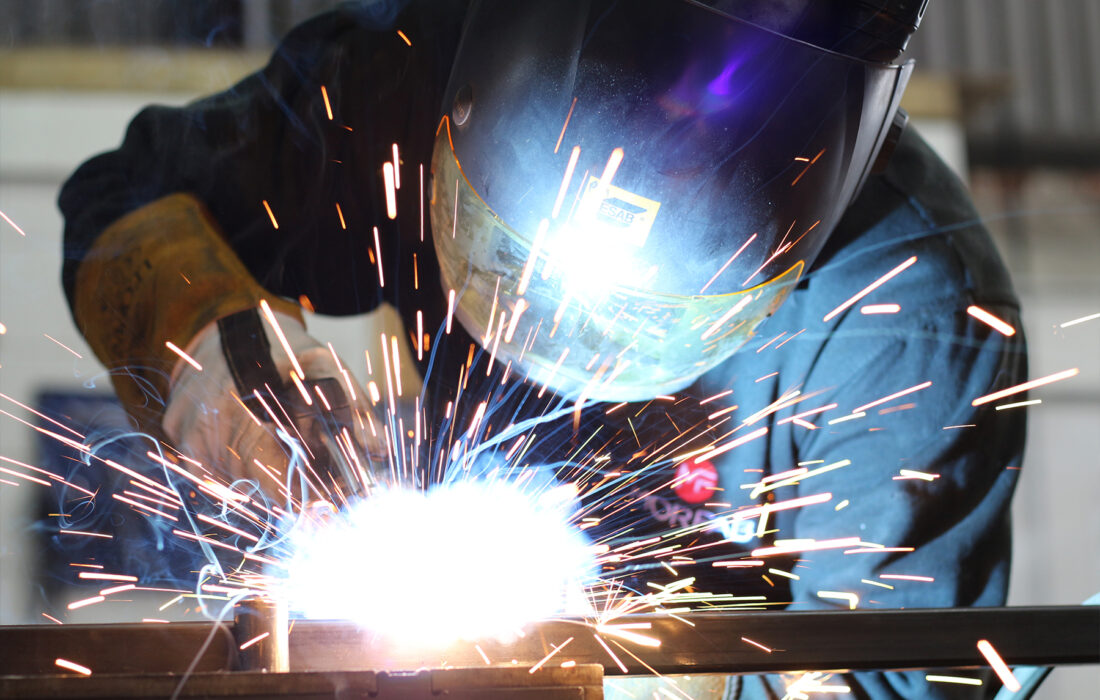Exploring the distinctions between the processes of steel fabrication and welding
May.21.2024

Exploring the distinctions between the processes of steel fabrication and welding
Exploring the distinctions between the processes of steel fabrication and welding involves shedding light on the unique aspects and roles each plays within the realm of constructing with metal. Steel fabrication is a broad term that encompasses the intricate journey of transforming raw steel into predefined shapes and structures, ready for assembly. This comprehensive process can include cutting, bending, and assembling pieces of steel to create complex frameworks or components according to specific design requirements.




